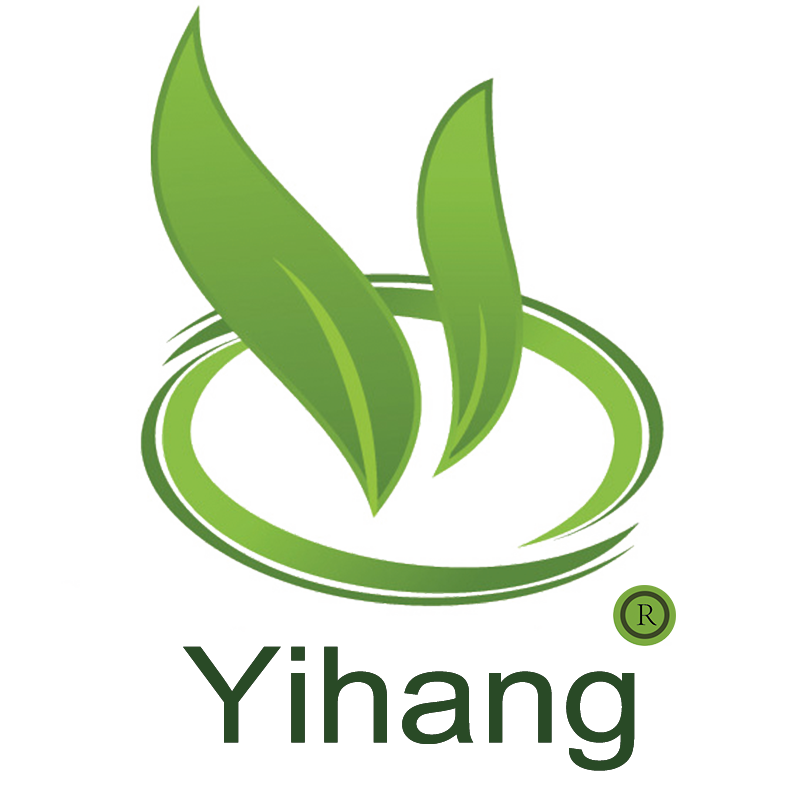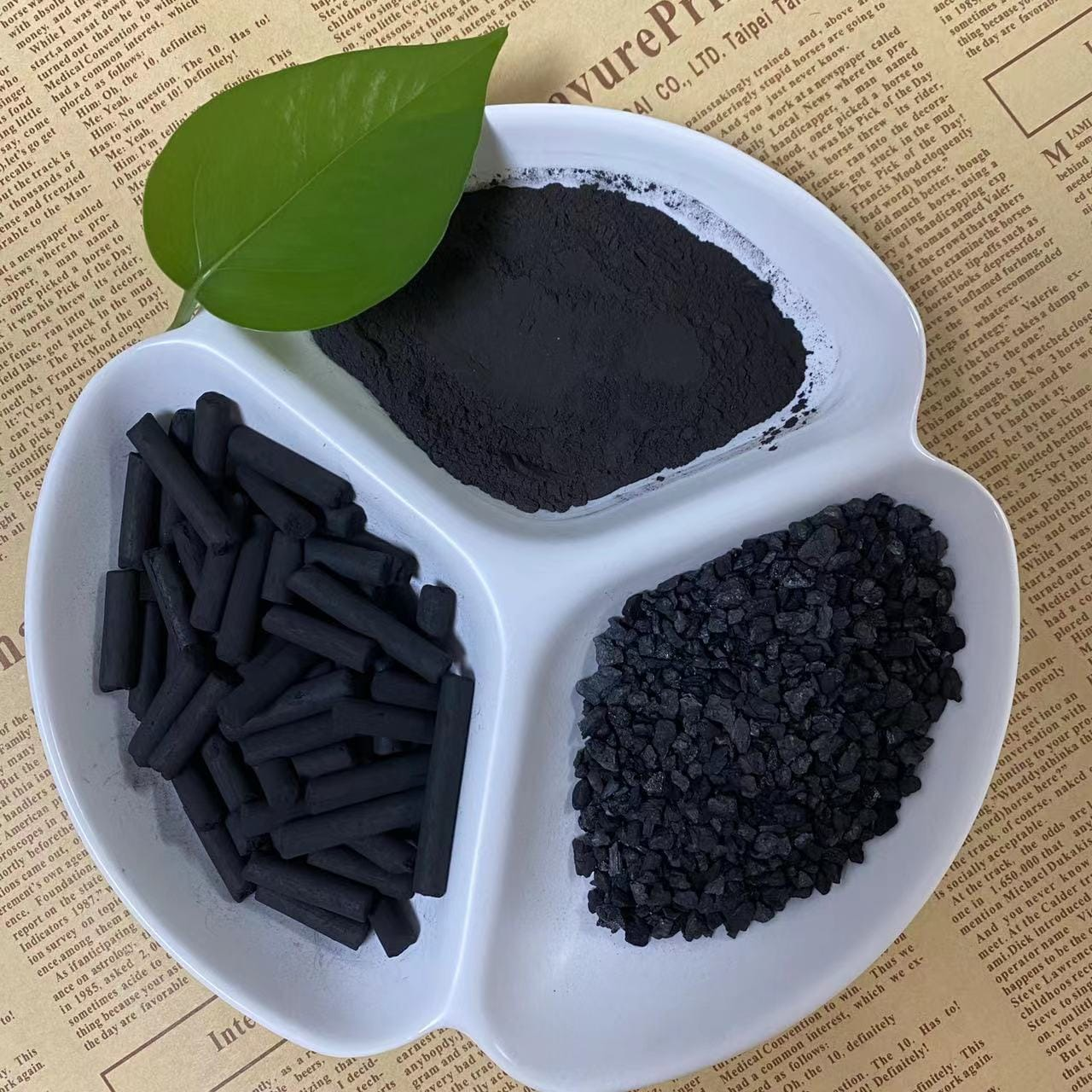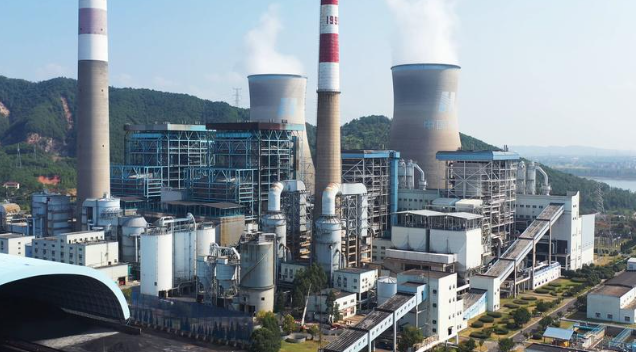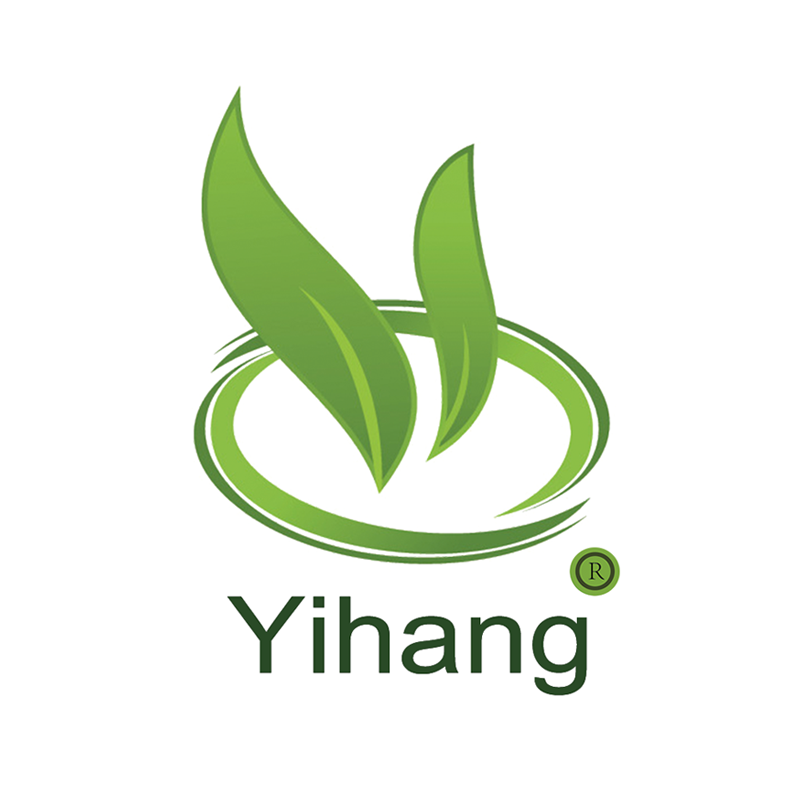Different Forms of Activated Carbon and Their Applications
Different types of activated carbon
Granular activated carbon (GAC): Granular carbon is in form of small pellets or granules from 0.5 mm to several millimeters in size. It is most applicable in air purification systems, inline and portable industrial gas cleaning or water treatment due to its very high mechanical strength and substantial porous surface areas. GAC has the potential to deactivate chlorine, VOCs, and a wide range of organic and inorganic metallic contaminants from liquids and gases.
Powdered activated carbon (PAC): The resulting PAC has extremely small sized particles of < 0.18 mm in diameter or 80 mesh. The small grain size’s empirical advantage is quick sorption rates per weight range of activated carbon. These PACs use case include water filtration systems where contact time should be minimal, sugar solution decoloration, taste and odor removal from drinks and many other.
Activated carbon fiber (ACF): There is now some new material called Activated carbon fiber which is from organic precursor fibers like PAN or polyacrylonitrile after carbonizing them. ACF is a very versatile material because of controlled porosity and AN high surface area: volume ratio with the addition of very good electro conductivity. Also, materials lightweight, strong, and flexible - important characteristics for the use into personal protect gear, medical devices or any electronic that has limited space available.
Applications of activated carbon
Agriculture:In agriculture, activated carbon is multifunctional as it expedites soil reclamation as well as promotes vegetative development. Granular activated carbon is used on soils that are contaminated with heavy metals or technologically enhanced agriculture pesticides in order to reduce the bioavailability of these toxic agents to the crops and allow healthier plants to thrive. Soil can be improved with the use of granular activated carbon as it has been reported to enhance water-holding capacity and porosity of the soil. GAC is also employed in hydroponic culture to filter nutrient solution to remove impurities that otherwise may affect plant growth and ensure good growth conditions to the plants.
Personal care products:The application potential of activated carbon is overwhelming in the field of self-care because this component is famous for its detoxifying and exfoliating characteristics. The physiochemical properties of activated carbon allow it’s inclusion in facials and anti- bacteria soaps, toothpaste or any other product to effectively act like a magnet that removes dirt from the skin and pores enabling the user’s skin to feel refreshed and look radiant. A natural exfoliant contains dead skin cells and its intrinsic abrasiveness makes PADC a useful ingredient as it helps naturally exfoliate without irritating the skin barrier. Also, deodorants and antiperspirants include powdered activated carbon due to its property of absorbing odors and surplus oils.
Construction industry: activated carbon cloth is used in construction material in moisture control and anti-microbial coatings . For this purpose, ACC absorbs excess humidity in a room thereby improving the quality of air indoors and ensuring longer life for buildings. Besides, granular activated carbon (GAC) is also incorporated in paints and coatings to capture volatile organic compounds (VOCs), therefore the detrimental effect on the environment is decreased, and indoor air quality is improved. For example, in green building practices, GAC can be used in ventilation systems in order to reduce HVAC load and improve energy savings through pollutant adsorption.
About Yihang product
Yihang is an experienced manufacturer of activated carbon products which can be used in numerous applications. The following products are offered by our company: Granular Activated Carbon (GAC), Powdered Activated Carbon (PAC), Activated Carbon Fiber (ACF) and so on. The high hydrogen content in the GAC series makes it robust in terms of surface area and mechanical strength which is ideal for water treatment and air purification. Due to ultrafine particles, our PAC offers high adsorption speed and is therefore ideal for emergency treatment and decolorization of water. Exceptional surface area and conductivity of ACF make it attractive to advanced filtration and medical applications.

 EN
EN




























